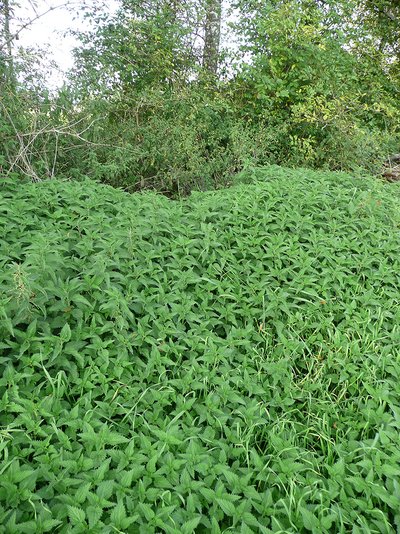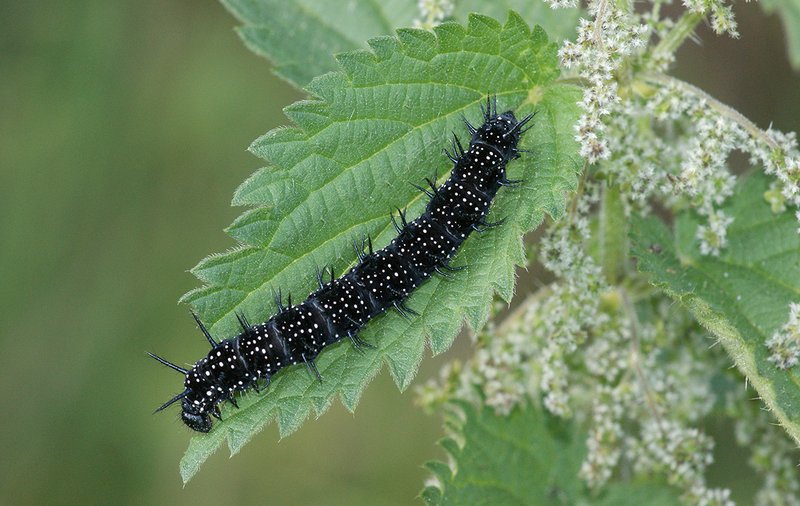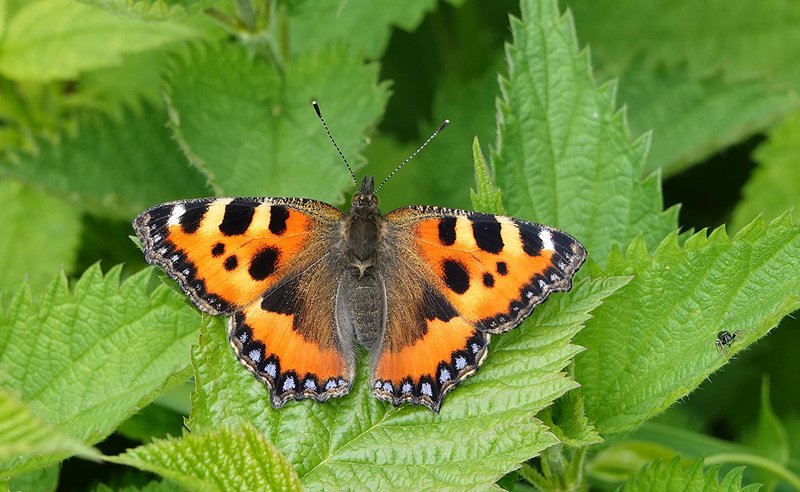Nettles (genus Urtica) are wind-pollinated, annual or perennial herbs, and more rarely also woody half-shrubs. According to the “World Flora Online” database, there are 54 accepted species that occur worldwide, with the main area of distribution in the temperate zones. They belong to the nettle family (Urticaceae), which includes around 50 genera.
Only two species occur in Switzerland: the rare small or dwarf nettle (Urtica urens) and the frequently occurring common or stinging nettle (Urtica dioica; Fig. 1). In Germany and Austria, the reed nettle (Urtica kioviensis) and the alluvial nettle (Urtica subinermis) are also found. In Germany, the Roman nettle (Urtica pilulifera) is also present, though not consistently. This species was originally widespread in the Mediterranean region.
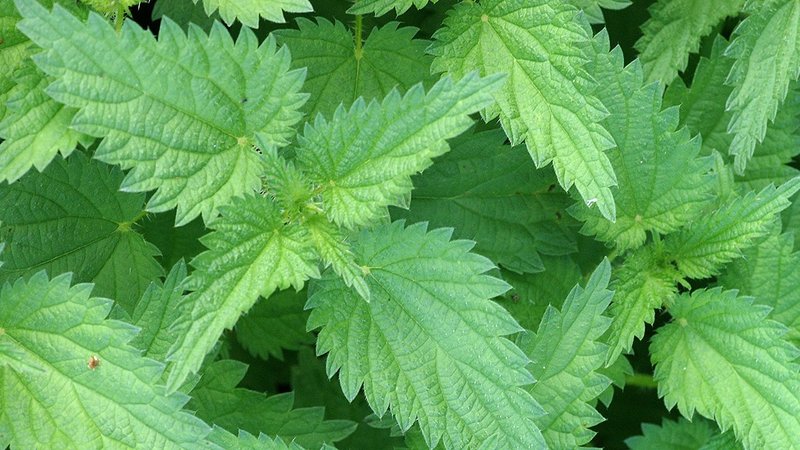
Fig. 1. The common stinging nettle often grows on nutrient-rich sites, such as in alluvial forests. Photo: Thomas Reich (WSL)
In Switzerland, the stinging nettle can be found almost everywhere, except at higher altitudes in the Alps. As a nitrogen-loving species, it occurs in various shrub, fringe, weed and ruderal communities. As the species name “dioica” indicates, the stinging nettle is a dioecious species, which means that there are separate male and female plants. This perennial species has strong rhizomes and reaches heights of more than one metre (up to 3 m, Fig. 2).
Its oppositely arranged, heart-shaped leaves on short stalks have saw-toothed margins and, like the stem, are very hairy. As well as non-stinging bristles and glandular hairs, the nettle also bears many stinging hairs called trichomes (Fig. 3). The tips of the stinging hairs are as brittle as glass due to deposits of silicic acid, and break at the slightest touch, transforming the hair into a needle that can inject the stinging liquid found in the thickened lower part of the hair. The liquid contains histamine, acetylcholine and serotonin, and causes an itchy skin reaction with swelling, a condition known as nettle dermatitis.
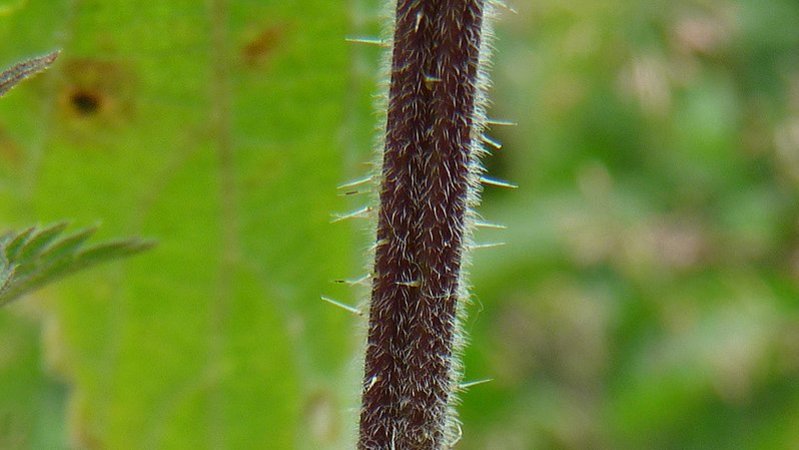
Fig. 3. Stinging hairs on the stem of a stinging nettle. Photo: Thomas Reich (WSL)
The stinging nettle is a true allrounder. It not only serves as a food supply for numerous insect species, including some butterfly caterpillars (Fig. 4), but has also always been valued as a useful plant for medicinal and other purposes. It contains numerous secondary plant compounds, flavonoids, and silicates, as well as vitamins A and C, iron, potassium, manganese and calcium. As a medicinal plant it is used to treat diseases of the urinary tract, rheumatism and arthritis, colds, and for detoxifying, and it is also used in creams and shampoos. As a fibre plant, it has properties similar to those of cotton. Above all, however, the stinging nettle is highly palatable and nutritious and thus to be recommended as a food plant.
A few housekeeping tips
Besides nettle tea (made by brewing a few young leaves together with a few young birch leaves), nettle chips (young shoot tips or leaves sautéed gently with a little olive oil and salt in a frying pan) or roasted nettle seeds (good in salads), the species is recommended as an ingredient to complement soups, spinach and pesto, or for filling dumplings or pasta. Nettle liquid feed (1 kilo of nettle material to 10 litres of water, covered and left to steep for 14 days, then diluted) makes a very good fertiliser for the vegetable garden.
The stinging nettle has been named Medicinal plant of the year 2022.
Fig. 4. Two common butterflies on nettles: the caterpillar of the peacock butterfly (Aglais io); and the small tortoiseshell (Aglais urticae). The latter species even references the stinging nettle in its Latin name. Photos: Thomas Reich (WSL)
Translation: Tessa Feller

